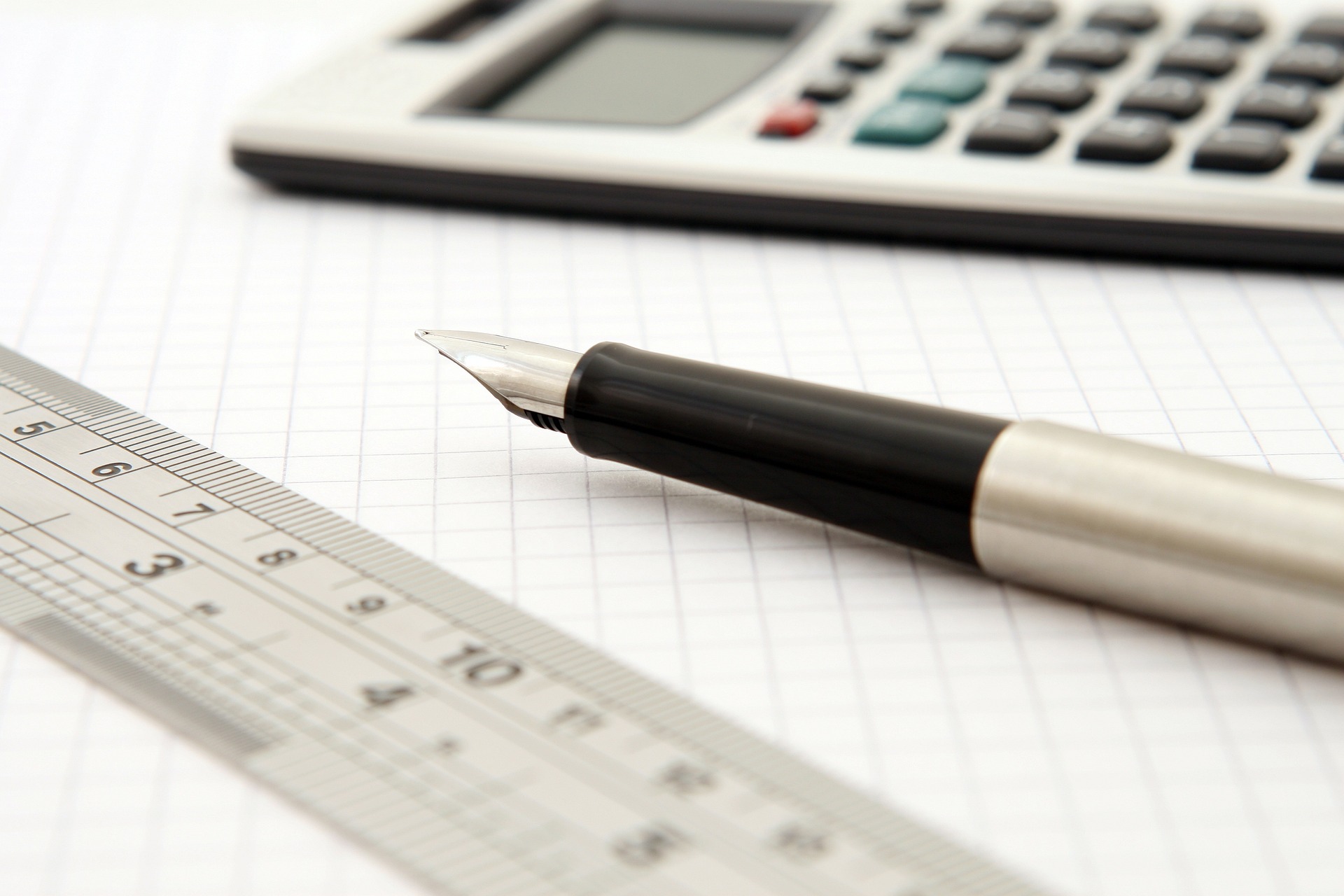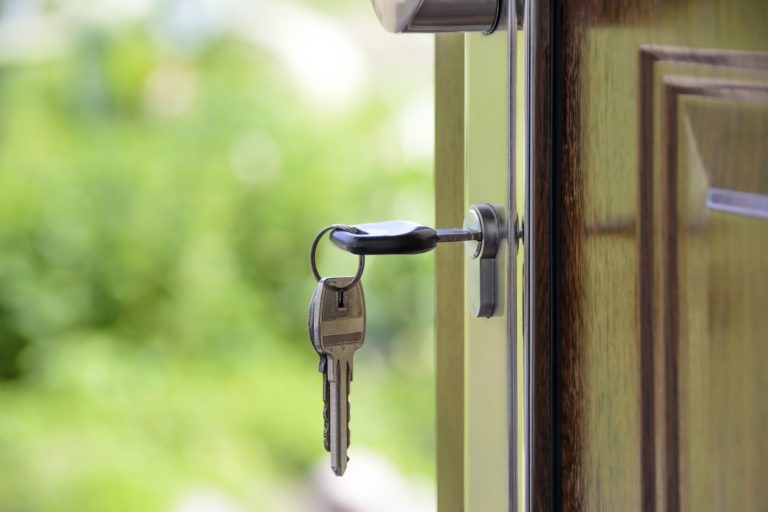We cover Stamp Duty for buyers (times two!), sellers, landlords (tenancy agreement), mortgagors… and taxes on property, goods and services, and income from rent.
Stamp Duty
a tax on the written documents that record transactions, like:
- conveyance, transfer, assignment of land or shares in property
- gift, lease, mortgage
(all real estate transactions then.)
Paid:
- 14 days from signing in Singapore
- private property
- stamp Sale and Purchase agreement
- from date of execution
- HDB resale
- stamp Option to Purchase
- from HDB in-principle approval
- private property
- 30 days from receipt, when signed overseas.
Round Stamp Duty down to nearest dollar.
If late or insufficiently paid, penalty:
- caught: up to four times stamp duty payable
- came forward:
- stamp duty x 5% x days/year
- minimum $10 in three months
- minimum $25 after three months.
Evasion of stamp duty, penalty:
- fine up to $10,000 and/or
- imprisonment up to three years.
Only stamped documents (fully paid and on time) or documents stamped with payment of duty and penalty, can be used as evidence in Court.
Salespersons are to ensure agreements are stamped, and to advise clients to voluntarily come forward (late stamping fees are better than evasion penalty).
Types of Stamp Duty
Fixed Duty is a fixed price.
Ad Valorem Duty is proportional to the value of transaction.
Buyer’s Stamp Duty
Commercial property and
Residential property less than $1,000,000:
- $price x 3% – $5,400 =
Residential property more than $1,000,000:
- $price x 4% – $15,400 =
[I never found out what happens to properties exactly $1 million. I remember asking this in class years ago. Must look up the real formula to find out.]
Additional Buyer’s Stamp Duty
In addition to Buyer’s Stamp Duty, an Additional Buyer’s Stamp Duty is calculated on either:
- purchase price or
- market value of property, whichever is
- higher.
- Singapore Citizen buying first, second, third and moree
- 0%, 17%, 25%
- Singapore Permanent Resident buying first, second, third and moree
- 5%, 25%, 30%
- foreigners buying.
- 30%
- companies
- 35%
- 40% for developers.
Calculate Buyer’s Stamp Duty + Additional Buyer’s Stamp Duty!
Married Couples
with one Singaporean can apply for Additional Buyer’s Stamp Duty
- remission (no pay for first property) or
- refund (pay for second property, then sell first property in six months, refund)
based on the party with the higher number of properties.
Non-Singaporean couples pay — without remission —
unless a free trade agreement applies:
- citizens and permanent residents of
- Norway
- Switzerland
- Iceland
- Liechtenstein
- and American citizens.
And the higher duty that can be applied on a couple is applied.
(singaporean x foreigner? pay foreigner’s 20%. then refund.)
Zoning
(Land Planning and Development)
100% land/building value:
- residential
- white
- residential / institution
On residential component:
- residential with commercial at first storey
- commercial and residential
0% for anything business, commercial.
And properties not in Singapore are not counted.
Seller Stamp Duty
For residential properties, at selling price or market value (higher), sell in _ year(s) and pay:
- in one, two, three or more years
- 12%, 8%, 4%.
Based on zoning like above.
Exemptions happen when you’re required by govt policy, bankrupt, shutting down.
For industrial properties:
- in one, two, three or more years
- 15%, 10%, 5%.
Tenancy Agreement Stamp Duty
Contractual rent is the amount stated in the contract.
Market rent. (what it says on the label, i assume, outside the contract and market rate.)
Considerations — service, maintenance, advertising / promotion, furniture / fittings charge.
Average Annual Rent:
- average annual contractual rent OR
- annualised market rent plus considerations.
if the Average Annual Rent is within $1,000, no stamp duty applies.
For leases up to four years, stamp duty is:
- 0.4% total contractual rent plus considerations OR
- 0.4% total market rent
- 0.4% x ($ContractRent+Considerations) x total number of months of lease =
- 0.4% x $MarketRent x total number of months of lease =
whichever is higher. (contract+considerations vs market)
For leases more than four years:
- 0.4% x 4 x Average Annual Rent
- 0.4% x 4 x $ContractRent x 12months =
- 0.4% x 4 x ($MarketRent+Considerations) x 12months =
whichever is higher. (contract vs market+considerations)
For commercial units where rent is a percentage of sales, estimate rent, add considerations, and apply formula.
For units where the rent is increased (by variation of lease or supplemental agreement), take the Average Annual Rent for both scenarios, and calculate stamp duty on the difference (0.4% x 4 x difference = ).
Mortgage Stamp Duty
- 0.4% x $Loan =
- maximum $500
Property Tax
a wealth tax on immovable properties, paid yearly in advance by 31 January, based on a percentage of the annual value.
Annual value of property is annual rental value, actual or estimated, excluding furniture, fittings, service charge.
Annual value for vacant land is 5% of the estimated market price of land.
Late payment incurs a penalty of 5% of the outstanding sum.
Owner
Paid by the owner or whoever is deemed to be owner.
(buyer’s lawyer will deduct a portion of sales proceeds to pay the property tax due before the Sale and Purchase Agreement.)
Also any person whose name is on the…
Valuation List
Made by the chief Assessor for all houses, buildings, land, the valuation list has:
- annual value of properties
- description of properties
- name of owner.
Revaluation occurs when necessary to follow change in market conditions and physical characteristics that change the rental value of the property.
Owners may lodge a Notice of Objection, appeal to the Valuation Review Board, High Court, Court of Appeal.
Rates
Owner-occupied property tax rates are 0% – 16% in annual value tiers.
- $AnnualValue x 12months =
This concession is given to:
- individual owner — one concession
- married couples — one concession
- separated couples — two concessions
- family with insufficient rooms for unmarried children — two concessions
- family with more than one lawful spouse — well.
Non-owner-occupied rates are 10%-20% in annual value tiers.
Non-residential property tax rate is 10% annual value. (If the owner is living in a non-residential property it’s still taxed 10%.)
Goods and Services Tax
a tax on consumption of goods and services in Singapore, currently 7%. 2023: 8%.
Exempted:
- financial services
- sale/lease of residential properties
- properties with non-residential portions, that portion is subject to GST.
- service charge and maintenance fees GST
- fixtures
- non-fixtures are subject to GST
- rental of furniture and fittings GST
Income Tax on Rental Income
Rental income is the rent of property, maintenance, furniture, fittings, due on date payable (not the actual payment).
The amount, minus allowable expenses is taxable.
Rental expenses are
- incurred for the purpose of producing the rental income
- incurred during the period of tenancy
Allowed:
- interest on housing loan (not principal)
- property tax during rental period
- fire insurance
- repair to original state
- maintenance
- cost of securing subsequent tenant for first property
cost of securing first tenant for subsequent property- Salesperson commission,
- advertising, legal expenses
- stamp duty
- cost of supervision and management fees
- furniture and fittings
- replacement
- hiring
- internet, utility
- if tenant does not pay
The actual amount can be deducted from rental income, or a deemed amount of 15% of the rental income.
For jointly-owned property, the tax and loss is based on owner’s share in the property.
❤️🌧️
Image of a pen, a ruler, and a calculator on paper by Rob Owen-Wahl from Pixabay.





